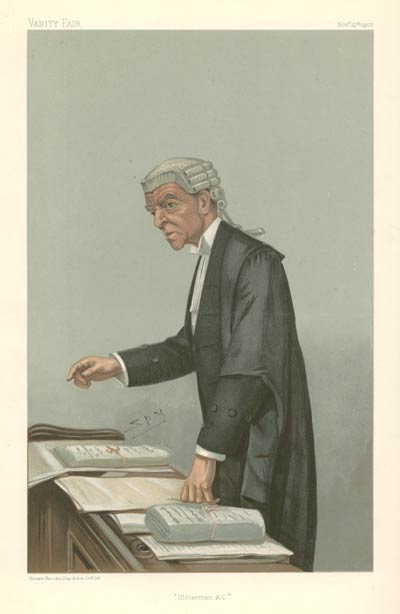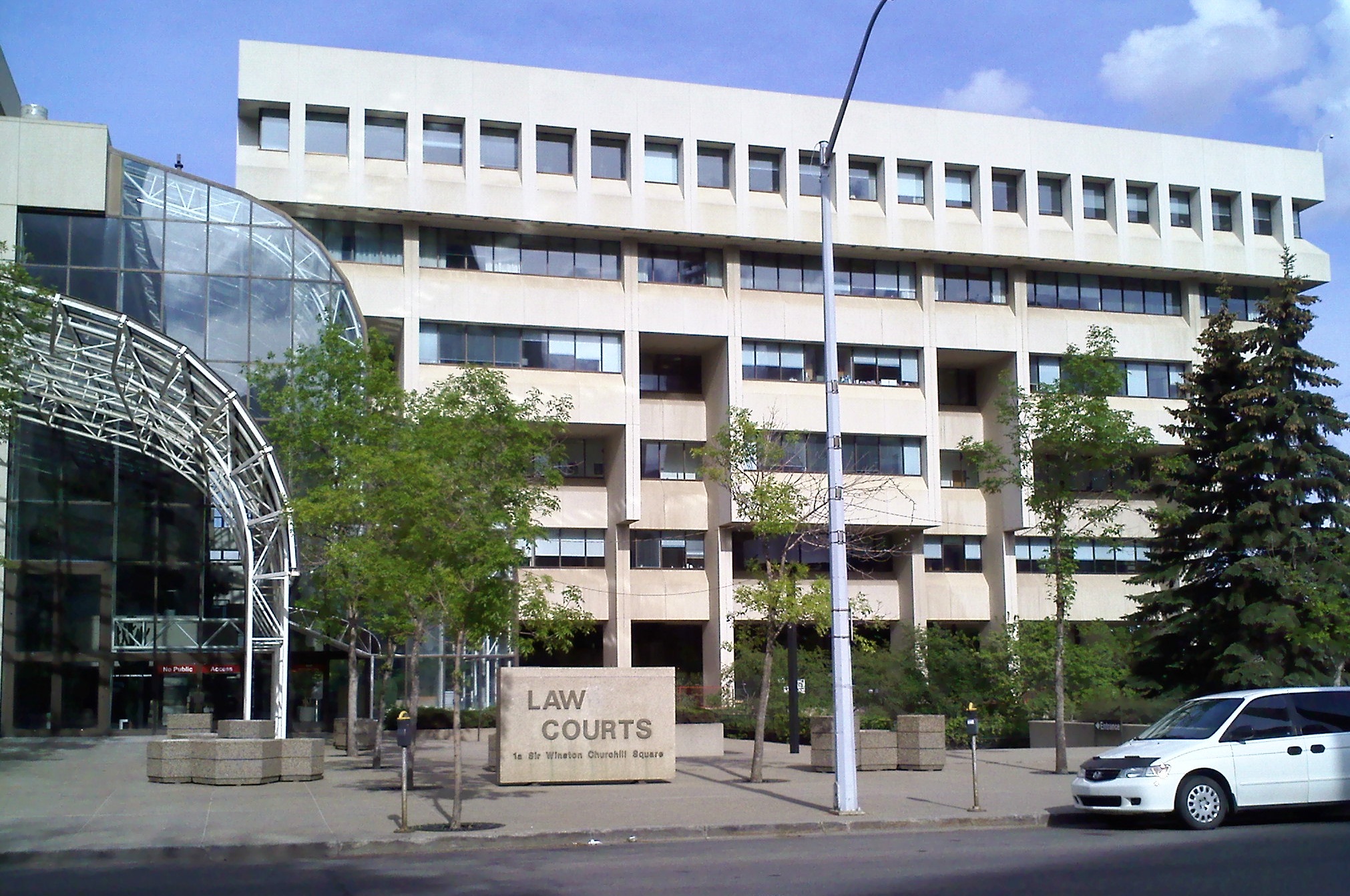|
Eugene Creighton
The Honourable Eugene Joseph Creighton (also Eugene Owns Many Horses) is a member of the Blood Tribe, or Kainai Nation, Kainaiawa, which is an integral part of the Blackfoot, Blackfoot Confederacy. Early years After growing up on the Blood 148, Alberta, Blood Reserve, Eugene began working in Aboriginal justice at an early age. In 1980, he became the first Chairperson of the Blood Tribe Police Commission. He then attended law school at the University of Alberta, and was admitted to the Law Society of Alberta in 1986. He was one of the first members of the Blood Tribe to become a lawyer. He has consistently inspired the Blood youth to carry on their education. He is interested in Rodeo and animal husbandry. Aboriginal lawyer Eugene practiced law as Counsel to the Blood Tribe from 1986 until 1994. In 1994, he joined the Calgary law firm then known as Walsh Wilkins LLP located nearby in Calgary. In 1999, he joined the partnership, and in 2002 the Firm became Walsh Wilkins Creighto ... [...More Info...] [...Related Items...] OR: [Wikipedia] [Google] [Baidu] |
Blood Tribe
The Kainai Nation (or , or Blood Tribe) ( bla, Káínaa) is a First Nations band government in southern Alberta, Canada, with a population of 12,800 members in 2015, up from 11,791 in December 2013. translates directly to 'many chief' (from , 'many' and , 'chief') while translates directly to 'many chief people'. The enemy Plains Cree called the Kainai , 'stained with blood', thus 'the bloodthirsty, cruel', therefore, the common English name for the tribe is the ''Blood tribe''. The Kainai speak a language of the Blackfoot linguistic group; their dialect is closely related to those of the Siksika and Piikani. They are one of three nations comprising the Blackfoot Confederacy. At the time treaties such as Treaty 7 were signed, the Kainai were situated on the Oldman, Belly, and St. Mary rivers west of Lethbridge, Alberta. The Kainai reserve Blood 148 is currently the largest in Canada with 4,570 inhabitants on and is located south of Calgary. Economy The Kainai Na ... [...More Info...] [...Related Items...] OR: [Wikipedia] [Google] [Baidu] |
House Of Commons Of Canada
The House of Commons of Canada (french: Chambre des communes du Canada) is the lower house of the Parliament of Canada. Together with the Crown and the Senate of Canada, they comprise the bicameral legislature of Canada. The House of Commons is a democratically elected body whose members are known as members of Parliament (MPs). There have been 338 MPs since the most recent electoral district redistribution for the 2015 federal election, which saw the addition of 30 seats. Members are elected by simple plurality ("first-past-the-post" system) in each of the country's electoral districts, which are colloquially known as ''ridings''. MPs may hold office until Parliament is dissolved and serve for constitutionally limited terms of up to five years after an election. Historically, however, terms have ended before their expiry and the sitting government has typically dissolved parliament within four years of an election according to a long-standing convention. In any case, an ac ... [...More Info...] [...Related Items...] OR: [Wikipedia] [Google] [Baidu] |
Living People
Related categories * :Year of birth missing (living people) / :Year of birth unknown * :Date of birth missing (living people) / :Date of birth unknown * :Place of birth missing (living people) / :Place of birth unknown * :Year of death missing / :Year of death unknown * :Date of death missing / :Date of death unknown * :Place of death missing / :Place of death unknown * :Missing middle or first names See also * :Dead people * :Template:L, which generates this category or death years, and birth year and sort keys. : {{DEFAULTSORT:Living people 21st-century people People by status ... [...More Info...] [...Related Items...] OR: [Wikipedia] [Google] [Baidu] |
Judges In Alberta
A judge is an official who presides over a court. Judge or Judges may also refer to: Roles *Judge, an alternative name for an adjudicator in a competition in theatre, music, sport, etc. *Judge, an alternative name/aviator call sign for a member of the Judge Advocate General's Corps, U.S. Navy *Judge, an alternative name for a sports linesman, referee or umpire * Biblical judges, an office of authority in the early history of Israel Places * Judge, Minnesota, a community in the United States * Judge, Missouri, a community in the United States * The Judge (British Columbia), a mountain in the Columbia Mountains of Canada People * Judge (surname) * Judge Jules, professional name of British DJ and record producer Julius O'Riordan Arts, entertainment, and media Fictional characters * Judge (Buffyverse), a demon in the television series ''Buffy The Vampire Slayer'' * Archadian Judges, from the game ''Final Fantasy XII'' * Judge Holden, from Cormac McCarthy's novel ''Blood Me ... [...More Info...] [...Related Items...] OR: [Wikipedia] [Google] [Baidu] |
Blackfoot People
The Blackfoot Confederacy, ''Niitsitapi'' or ''Siksikaitsitapi'' (ᖹᐟᒧᐧᒣᑯ, meaning "the people" or " Blackfoot-speaking real people"), is a historic collective name for linguistically related groups that make up the Blackfoot or Blackfeet people: the ''Siksika'' ("Blackfoot"), the '' Kainai or Blood'' ("Many Chiefs"), and two sections of the Peigan or Piikani ("Splotchy Robe") – the Northern Piikani (''Aapátohsipikáni'') and the Southern Piikani (''Amskapi Piikani'' or ''Pikuni''). Broader definitions include groups such as the ''Tsúùtínà'' ( Sarcee) and ''A'aninin'' (Gros Ventre) who spoke quite different languages but allied with or joined the Blackfoot Confederacy. Historically, the member peoples of the Confederacy were nomadic bison hunters and trout fishermen, who ranged across large areas of the northern Great Plains of western North America, specifically the semi-arid shortgrass prairie ecological region. They followed the bison herds as they mig ... [...More Info...] [...Related Items...] OR: [Wikipedia] [Google] [Baidu] |
Queen's Counsel
In the United Kingdom and in some Commonwealth of Nations, Commonwealth countries, a King's Counsel (Post-nominal letters, post-nominal initials KC) during the reign of a king, or Queen's Counsel (post-nominal initials QC) during the reign of a queen regnant, queen, is a lawyer (usually a barrister or advocate) who is typically a senior trial lawyer. Technically appointed by the monarch of the country to be one of 'His [Her] Majesty's Counsel learned in the law', the position originated in England and Wales. Some Commonwealth countries have either abolished the position, or renamed it so as to remove monarchical connotations, for example, 'Senior counsel' or 'Senior Advocate'. Appointment as King's Counsel is an office, conferred by the Crown, that is recognised by courts. Members have the privilege of sitting within the inner Bar (law), bar of court. As members wear silk gowns of a particular design (see court dress), appointment as King's Counsel is known informally as ''rec ... [...More Info...] [...Related Items...] OR: [Wikipedia] [Google] [Baidu] |
Provincial Court Of Alberta
The Provincial Court of Alberta is the Provincial Court for the Canadian province of Alberta. The Court oversees matters relating to criminal law, family law, youth law, civil law and traffic law. The current Provincial Court is the first point of contact between the justice system and an individual in Alberta. More than 170,000 matters come before the Provincial Court of Alberta every year. Effective April 1, 2023, Alberta’s provincial court will be called the Alberta Court of Justice. Structure Although Alberta’s provincial court system has been in operation for more than a century, the Provincial Court of Alberta as it exists today was established in 1978 by the Provincial Court Act. This legislation combined the previous Magistrates Court, the Juvenile Court, the Small Claims Court, and the Family Court into one institution. The court is led by the Chief Judge of the Provincial Court, who is appointed by the provincial government to serve a seven-year term. There are mo ... [...More Info...] [...Related Items...] OR: [Wikipedia] [Google] [Baidu] |
Provincial Court
The provincial and territorial courts in Canada are local trial "inferior" or "lower" courts of limited jurisdiction established in each of the provinces and territories of Canada. These courts typically hear criminal, civil (or “small claims”), family, traffic, and bylaw cases. Unlike the superior courts of Canada, the jurisdiction of the provincial courts is limited to those matters which are permitted by statute. They have no inherent jurisdiction. Appeals of provincial court decisions are usually heard by the superior court of the province. These courts typically evolved from older magistrate, municipal, or local courts. Many of these former courts were as likely to have lay magistrates or justices of the peace presiding as they were to have a judge who had formal legal training. In the province of Ontario, most municipal and provincial offences are dealt with in the Provincial Offences Court, established under the ''Ontario Provincial Offences Act'' and the ''Courts of ... [...More Info...] [...Related Items...] OR: [Wikipedia] [Google] [Baidu] |
Canadian House Of Commons Standing Committee On Aboriginal Affairs And Northern Development
The House of Commons Standing Committee on Indigenous and Northern Affairs (INAN) is a standing committee of the House of Commons of Canada. It was formerly known as the House of Commons Standing Committee on Aboriginal Affairs and Northern Development. Mandate The Standing Committee on Indigenous and Northern Affairs was established by the then new Department of Indian Affairs and Northern Development (now Indigenous and Northern Affairs Canada), in 1968. Although the mandate has changed many times, it is current, as of the 43rd Parliament. The committee may study any issue of the department's management and operation, as well as any legislation, programs or policy areas. The department has taken responsibility primarily for on-reserve registered First Nations people, Inuit and northern or territorial affairs including considered legislation and issues related to these populations and subjects. The committee can also examine issues, policies and programs related to off-reserve ... [...More Info...] [...Related Items...] OR: [Wikipedia] [Google] [Baidu] |
Red Crow Community College
Red Crow Community College is a college located on the Kainai Nation reserve in southern Alberta, Canada with a campus in Lethbridge. Partnerships Red Crow College is a member of the First Nation & Adult Higher Education Consortium, a non-profit organization in Western Canada, which coordinates the efforts of its members to provide quality adult and higher education, controlled entirely by people of the First Nations. RCC is a Canadian member of the American Indian Higher Education Consortium (AIHEC), which is a community of tribally and federally chartered institutions working to strengthen tribal nations and make a lasting difference in the lives of American Indians and Alaska Natives. RCC was created in response to the higher education needs of American Indians. RCC generally serves geographically isolated populations that have no other means accessing education beyond the high school level. History Red Crow Community College was founded in 1986, making it the fourth institut ... [...More Info...] [...Related Items...] OR: [Wikipedia] [Google] [Baidu] |
Kainai Nation
The Kainai Nation (or , or Blood Tribe) ( bla, Káínaa) is a First Nations band government in southern Alberta, Canada, with a population of 12,800 members in 2015, up from 11,791 in December 2013. translates directly to 'many chief' (from , 'many' and , 'chief') while translates directly to 'many chief people'. The enemy Plains Cree called the Kainai , 'stained with blood', thus 'the bloodthirsty, cruel', therefore, the common English name for the tribe is the ''Blood tribe''. The Kainai speak a language of the Blackfoot linguistic group; their dialect is closely related to those of the Siksika and Piikani. They are one of three nations comprising the Blackfoot Confederacy. At the time treaties such as Treaty 7 were signed, the Kainai were situated on the Oldman, Belly, and St. Mary rivers west of Lethbridge, Alberta. The Kainai reserve Blood 148 is currently the largest in Canada with 4,570 inhabitants on and is located south of Calgary. Economy The Kainai Nat ... [...More Info...] [...Related Items...] OR: [Wikipedia] [Google] [Baidu] |
University Of Lethbridge
, mottoeng = ''Let there be light'' , type = Public , established = , academic_affiliations = Universities Canada , endowment = $73 million (2019) , chancellor = Charles Weaselhead , president = Michael J. Mahon , provost = Erasmus Okine , faculty = 491 , students = 9,532 , undergrad = 8,231 , postgrad = 753 , address = 4401 University DriveLethbridge, AlbertaT1K 3M4 , coor = , campus = Urban , colours = Blue and Gold , nickname = Pronghorns , sporting_affiliations = U Sports, CWUAA, , mascot = Luxie — the pronghorn , website = The University of Lethbridge (also known as uLethbridge, uLeth, and U of L) is a public comprehensive and research higher education institution located in Lethbridge, Alberta, Canada, wi ... [...More Info...] [...Related Items...] OR: [Wikipedia] [Google] [Baidu] |





